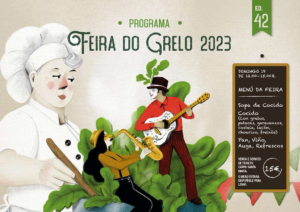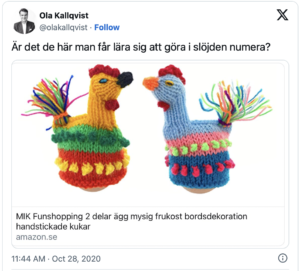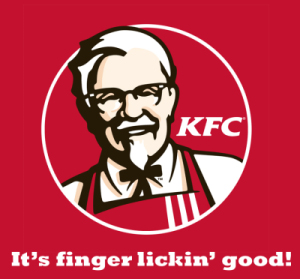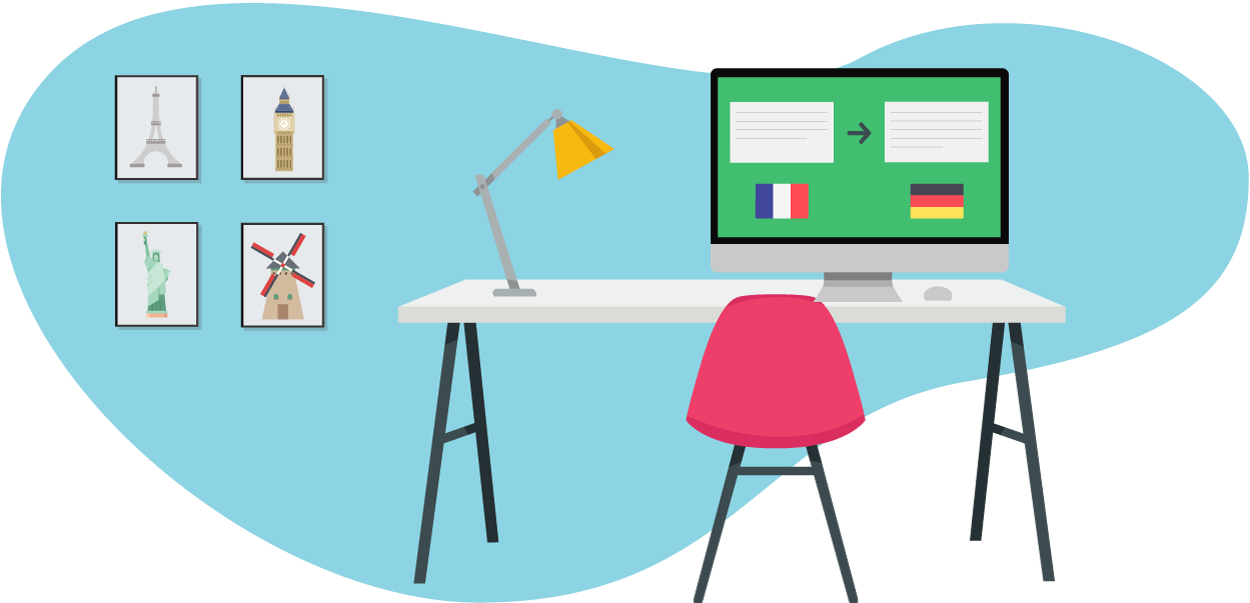The top 10 translation errors to avoid
(+ examples)
Whether you’re a government agency, a start-up or an e-commerce site, translation errors can damage your reputation or even ruin it. Bad translations can lead to crises and/or embarrassment in any language pair. To illustrate this, we’ll take you through 10 examples of machine translation errors to avoid!
What are the most common machine translation errors?
Machine translation tools are very useful, saving professional translators valuable time. But it’s important to be aware of the risks involved in machine translation.
Here are the most common machine translation errors:
- Incorrect translation of proper nouns (surnames and places)
- Translation of false friends
- Words in the wrong order (changing the phrase’s meaning in certain languages)
- Ignorance of spelling mistakes in the source text (and repeating the error)
- Errors with homographs (two words that are written the same way but have different meanings)
- Non-translated acronyms
- Literal translation (word for word)
Word-for-word translation is one of the most common machine translation errors. For example, for “Tu me manques” in French, the machine might come up with “You are missing from me”, when the idiomatic English version would be “I miss you”.
Keep reading for more examples of errors linked to machine translation.
10 examples of errors made by machine translation
1. Feria del Clítoris

Google Translate translated the name of “Feria do Grelo” in As Pontes, A Coruña as “Feria del Clítoris” (Clitoris Festival). A “grelo” is a type of plant related to the turnip, and the machine translation tool took the word to be in Portuguese rather than Spanish. While “grelo” does mean “clitoris” in Portuguese, it wasn’t the right translation in this context.
2. Amazon in Sweden
When the Swedish Amazon website launched in 2020, Swedish users soon found unfortunate machine translation errors on various products. One greetings card with a duckling on the front said “söta-ansikte-kuk” (“sweet-face-dick” in English), which is obviously very vulgar.
And that wasn’t the only time “chicken” was translated awkwardly by “kuk” in Swedish.
The item below was translated as “hand-knitted penis”:

This made internet users laugh a lot. 😁
3. Translation error at the PyeongChang Olympics in South Korea
The Norwegian team at the Winter Olympics in PyeongChang were the victim of a translation error in 2018. The team chefs asked a local Korean supplier to send 1500 eggs to the Olympic village to meet the nutritional needs of their 109 athletes.
To make sure the request was understood, they used Google Translate. To everyone’s surprise, the translation tool replaced one word with another and multiplied the order by 10. As a result, the Olympic village received 15,000 eggs. Certainly enough for plenty of delicious omelettes!
4. “Eat your fingers off” (KFC’s translation error)

One example of a translation error in marketing was that of KFC, which has translated its slogan “finger-licking good” around the world. Unfortunately, the Chinese translation ended up being “eat your fingers off”. KFC will definitely have been kicking itself with that one!
5. Ford’s creepy translation error
We don’t tend to mind being creeped out by thrillers on screen and on paper, but being creeped out in real life is a whole other matter.
When US car manufacturer Ford launched an advertising campaign in Belgium, it wanted to translate the phrase “Every car has a high-quality body”. But in Dutch, the translation unfortunately became “Every car has a high-quality corpse”. This wasn’t the message Ford were looking for, as you can imagine.
6. A drink that raises the dead? Well done, Pepsi
Translation errors have been around a long time.
For an ad in the early 1960s, Pepsi chose the slogan “Come Alive! You’re in the Pepsi Generation”. The company wanted people to know that its drink was so refreshing, it would revitalise you. But when they translated the slogan into Mandarin and Cantonese, the tone ended up changing substantially.
In China, the slogan became “Pepsi Brings Your Ancestors Back From the Dead”.
7. Example of machine translation error by Schweppes
Everyone has heard of the drinks brand Schweppes.
But not everyone knows about its terrible translation error when launching in Italy.
The initial “Schweppes Tonic Water” slogan was translated into Italian as “Schweppes Toilet Water”. This is one of the worst advertising translations in history. 🙈
8. Web browser translation error
Many web browsers now use machine translation. Although useful for understanding context, this solution can generate serious errors. In 2021, the Spanish ministry of industry used machine translation on a text about an employee named Dolores del Campo. Unfortunately, the machine translated her name literally as “Pain of Field”.
9. Translation error due to cultural difference
To promote its leather seats in Mexico, American Airlines translated the slogan “Fly in leather” as “Vuela en cuero”. Unfortunately, in some Spanish-speaking regions, “Vuela en cuero” means “Fly in the nude”. This is why it’s essential to understand the culture of the country or region you’re targeting before you translate a text. Only qualified human translators know the cultural subtleties of specific areas.
10. Translation error due to carelessness
Whether a translation is done by a machine or a human, it needs to be checked. Even a single comma or accent can change the meaning of a phrase and leave readers red-faced. For example, in 2018, NPR accidentally translated “The Year of the Woman” as “El ano de la mujer” in Spanish. Unfortunately, by putting “ano” instead of “año”, they translated it as “bottom” instead of “year”.
The most common machine translation errors: a summary
Translation errors can be a disaster when machine translation tools are used in a rush.
When your documents, slogans, product information or web pages are of paramount importance, we suggest you use qualified translators. They draw on PEMT (post-editing machine translation) and translation memories to save time and offer a lower price, while ensuring that texts remain faithful to the originals and are error-free and culturally appropriate.
So, if you want your texts in the hands of professionals, we recommend TextMaster’s translation services.







